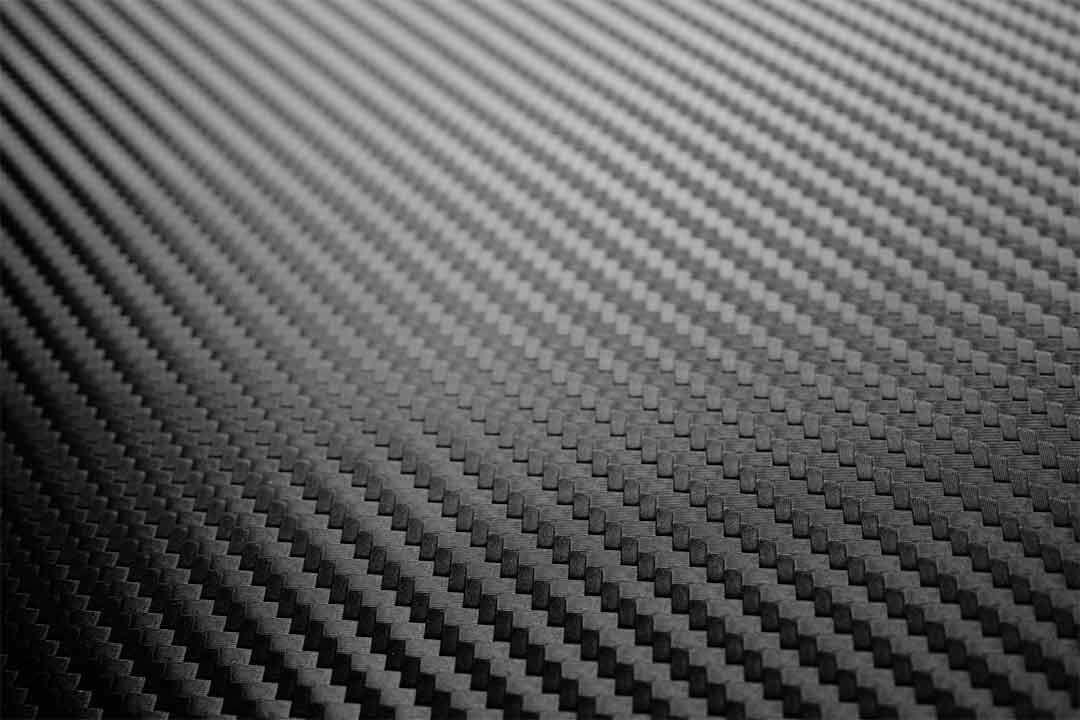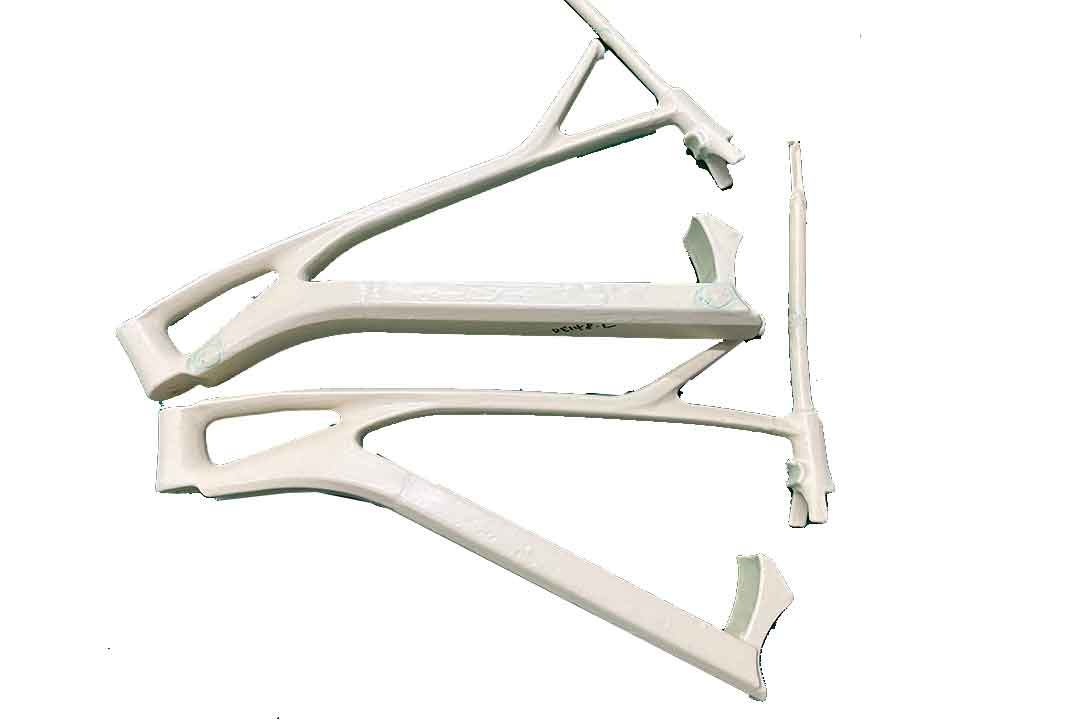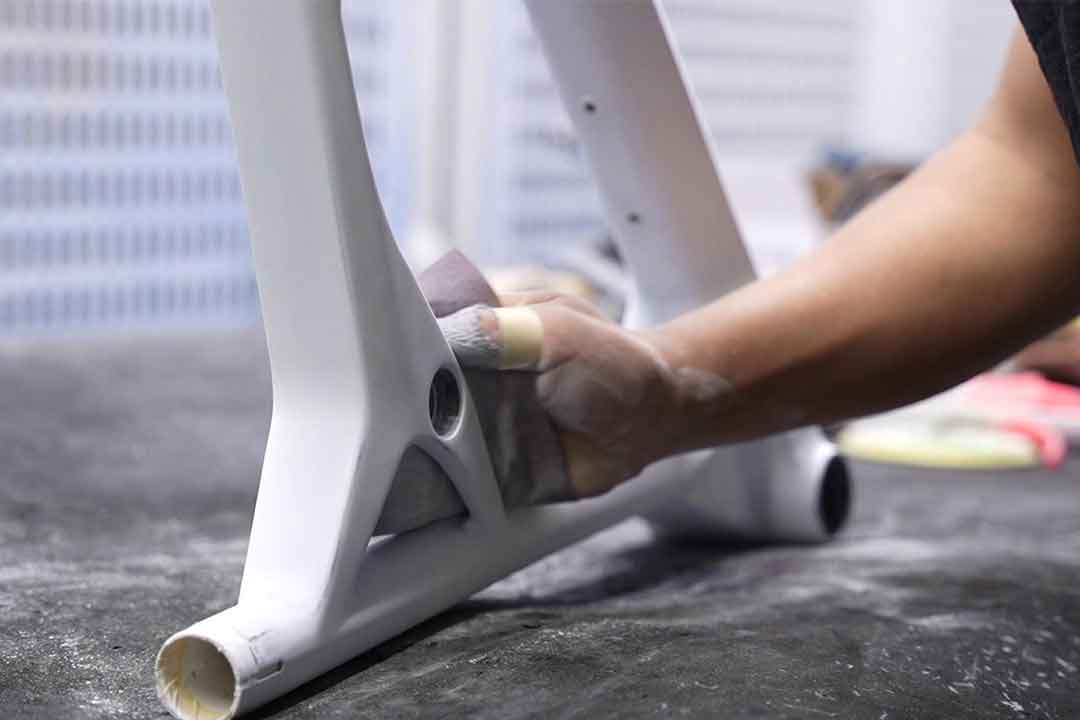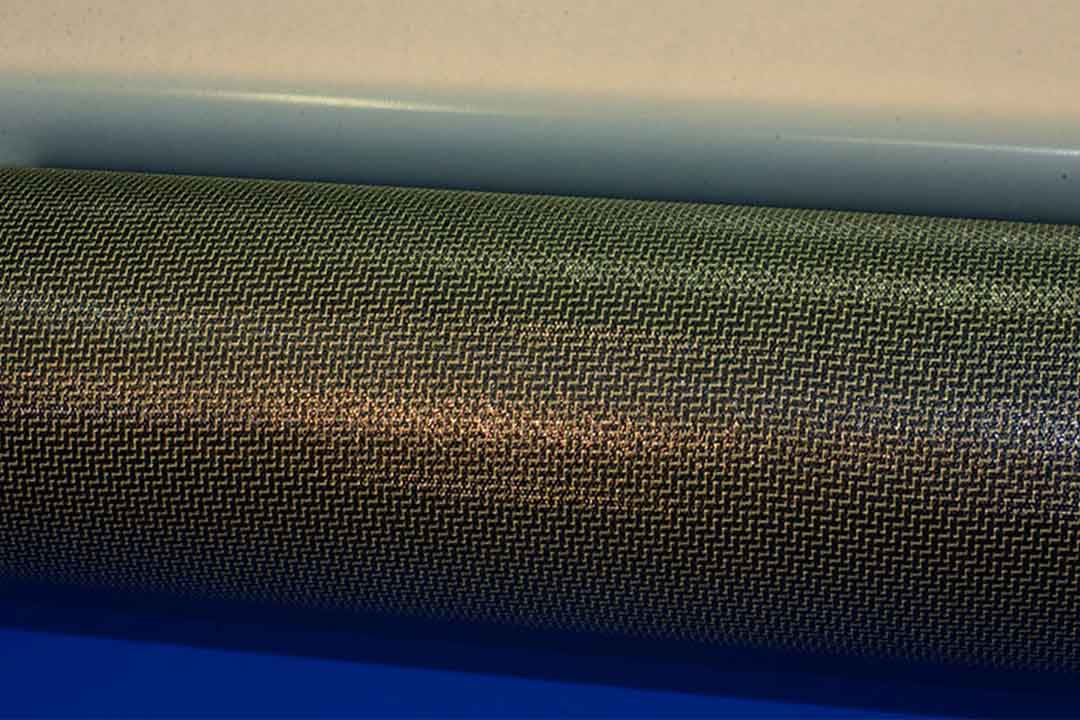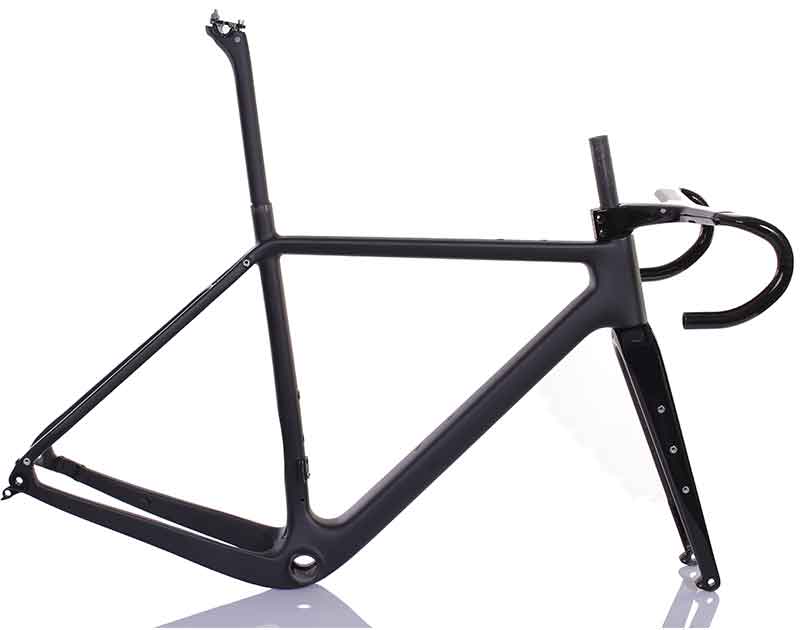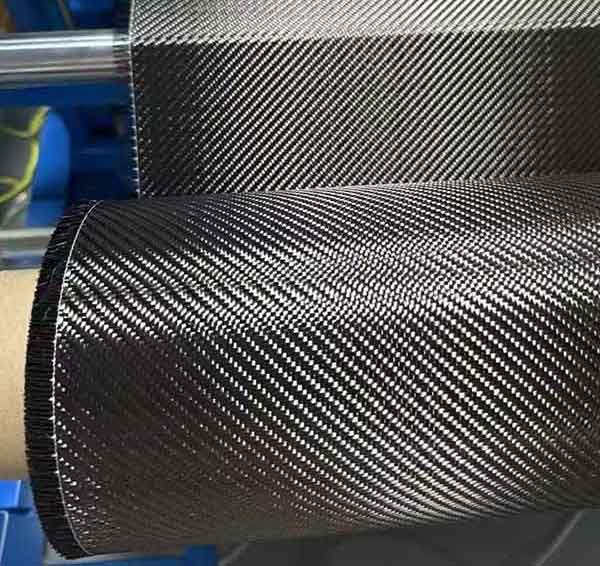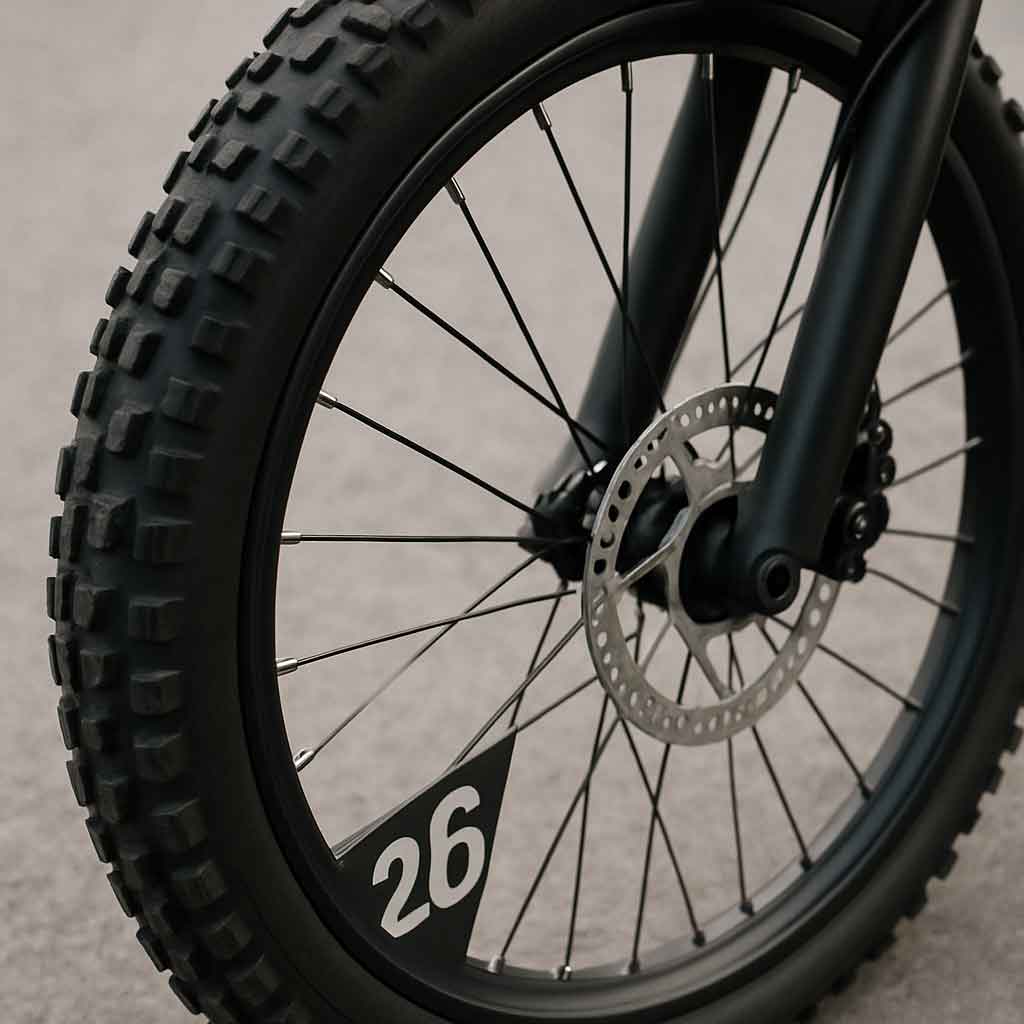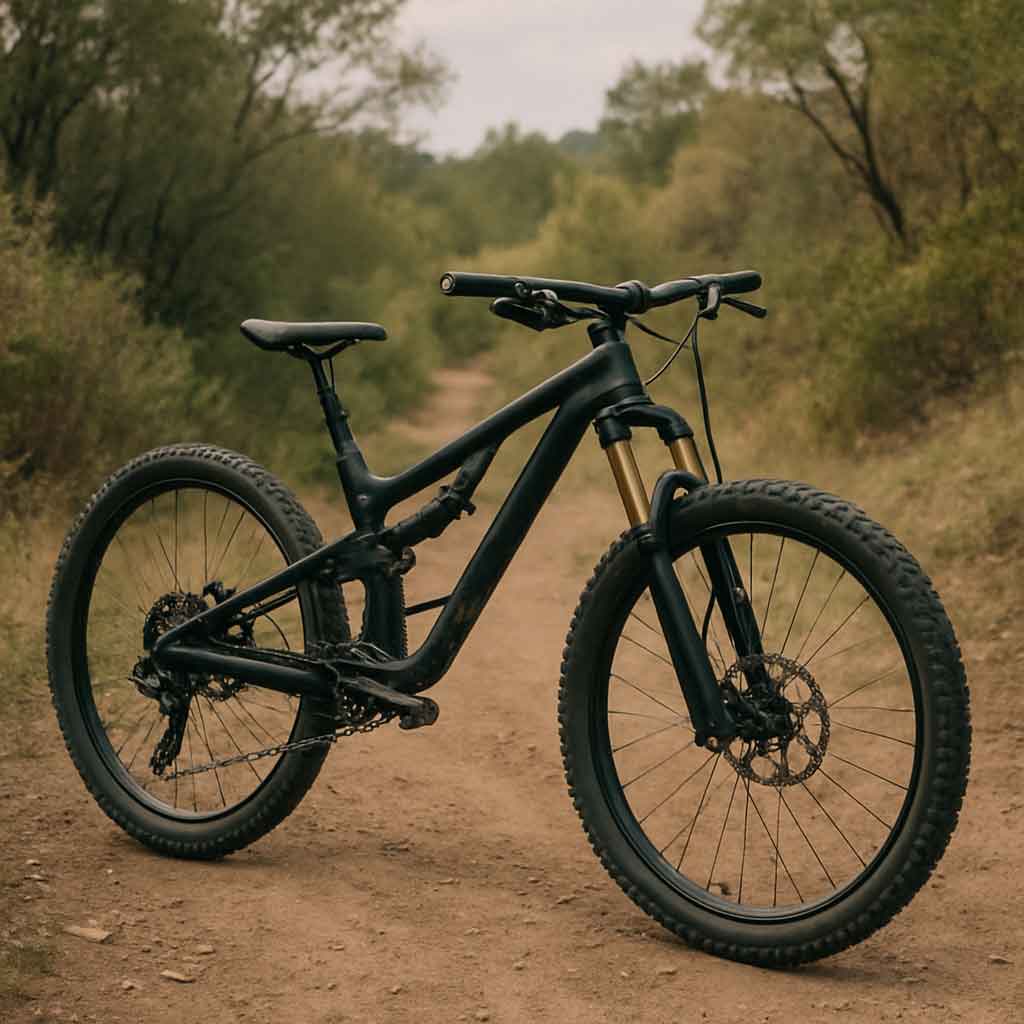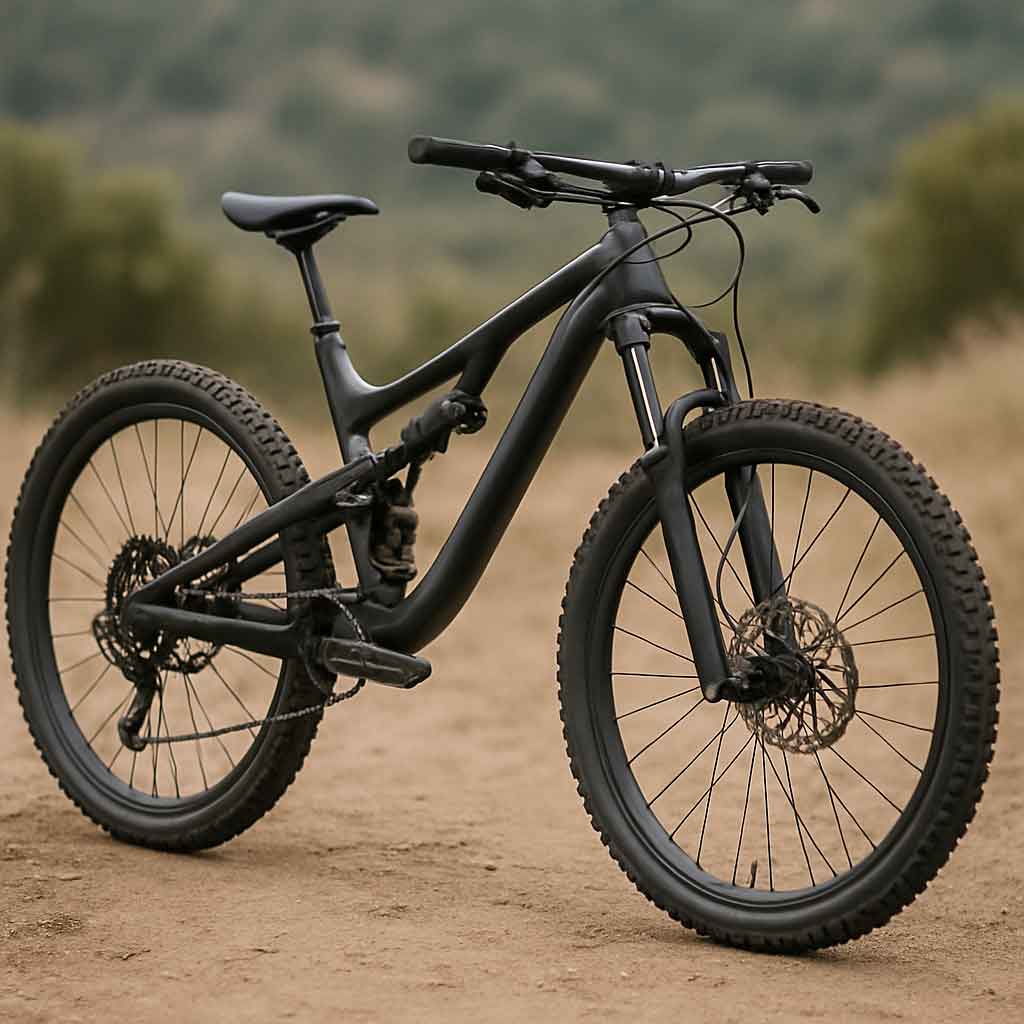Welcome to Mondince Bike - A well-known factory specialized in produce carbon bike frame and other parts since 2007.
how to tell if carbon fiber is real
Carbon fiber is a remarkable material prized for its strength, lightweight properties, and sleek appearance. It has become a popular choice in industries ranging from automotive to aerospace, and even in sporting goods and fashion. However, with its rise in popularity, fake carbon fiber products have also emerged. These counterfeit items often compromise on quality and durability, misleading consumers and potentially leading to safety issues. In this article, we will explore how to tell if carbon fiber is real or fake, helping you make informed decisions when purchasing carbon fiber products.
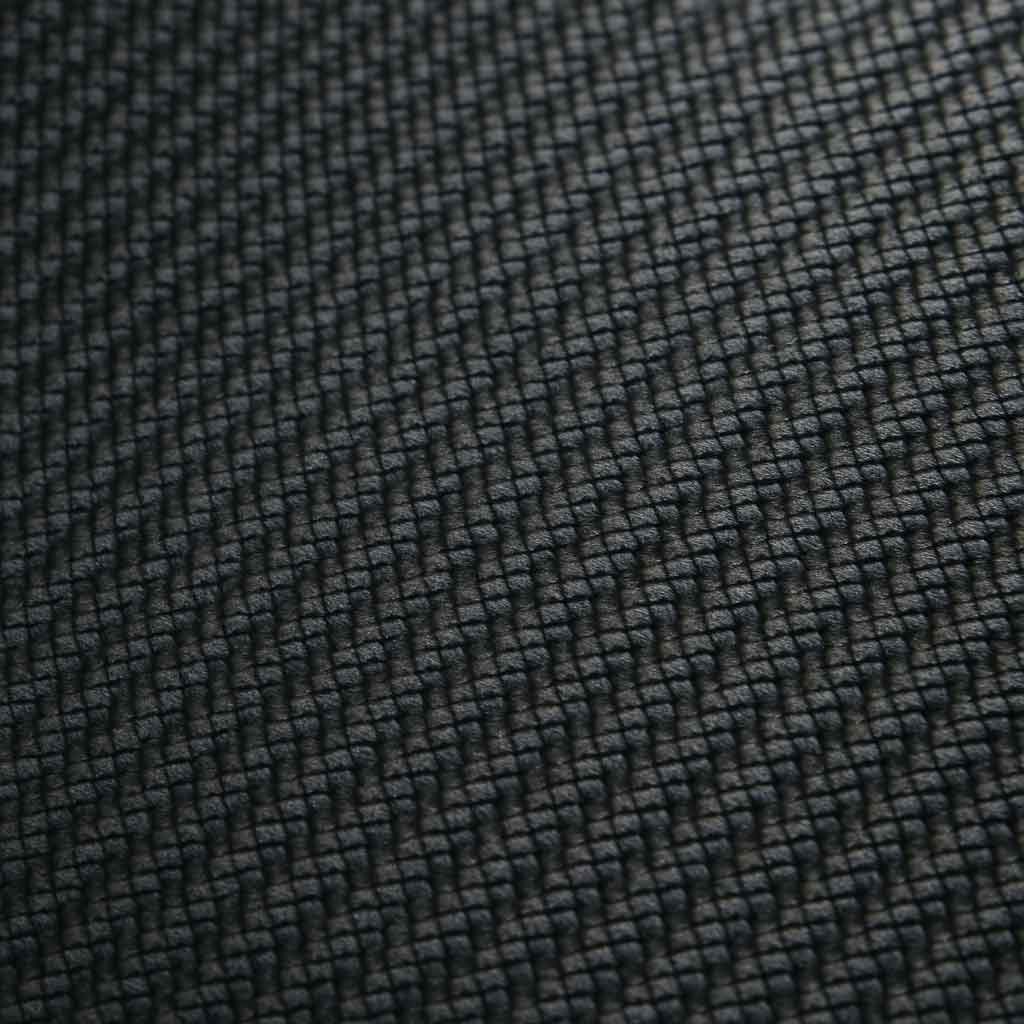
The Distinctive Weave
Real carbon fiber is known for its distinctive woven pattern. This pattern is not merely decorative but integral to the material's strength. The fibers are usually black or dark gray, and the weave pattern can vary depending on the type of carbon fiber used. Common patterns include twill and plain weave. A genuine carbon fiber weave will appear precise and symmetrical, with each fiber tightly interlocked.
Glossy and Reflective Finish
Real carbon fiber will have a consistent pattern with a smooth, glossy finish. The gloss is due to the resin that binds the fibers together, which also helps protect them from environmental damage. This reflective quality enhances the depth of the weave, creating a visually striking effect under light. It is this combination of texture and shine that makes carbon fiber aesthetically appealing.
Identifying Fake Carbon Fiber
Fake carbon fiber, on the other hand, may attempt to mimic this appearance but often falls short. The pattern might look printed or painted on, lacking the precision and depth of real carbon fiber. The finish may be dull or inconsistent, missing the glossy, reflective quality. In some cases, fake carbon fiber might be made from a cheaper material, like plastic, with a carbon fiber sticker or wrap applied on top. This can often be identified by a lack of texture and an overly smooth surface.
What Does Carbon Fiber Feel Like?
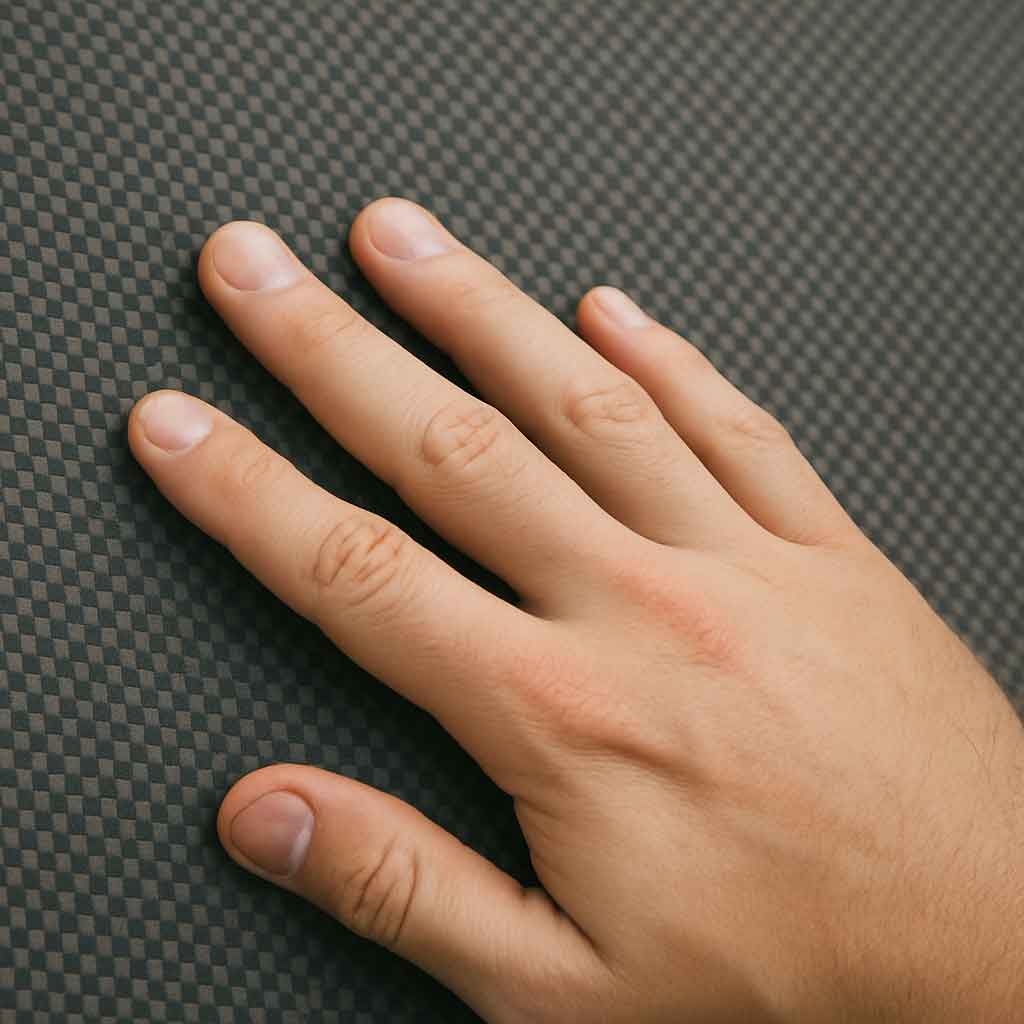
The Smooth and Cool Touch
The feel of carbon fiber is another important factor to consider. Real carbon fiber is smooth to the touch, with a hard and slightly cool surface. This coolness is due to its low thermal conductivity compared to metals. The surface should feel firm, yet not brittle, indicating the material's inherent strength.
The Lightweight and Strong Qualities
It is lightweight yet strong, and you can often feel this quality when handling a genuine carbon fiber product. When picked up, real carbon fiber should feel surprisingly light for its size, a testament to its high strength-to-weight ratio. This characteristic is one of the primary reasons carbon fiber is favored in high-performance applications.
Identifying the Feel of Fake Carbon Fiber
Fake carbon fiber might feel different depending on the material used. It could be lighter or heavier than real carbon fiber, and the surface might feel plasticky or less refined. A plastic-like feel can often indicate a fake, as genuine carbon fiber should not feel flimsy. If the product feels cheap or fragile, it might be a sign that you're dealing with a fake.
How to Tell if Carbon Fiber is Real
Here are some practical methods to help you identify real carbon fiber:
Visual Inspection
Start by examining the weave pattern. Real carbon fiber should have a uniform and consistent pattern. If you notice any irregularities, such as bubbles, gaps, or a printed appearance, it could be fake. Pay close attention to the edges and corners, as these areas often reveal the true nature of the material. Genuine carbon fiber will maintain its weave pattern even in less visible areas.
Next, check the finish. Real carbon fiber has a glossy, reflective surface that enhances the depth of the weave pattern. If the finish is dull or lacks shine, it could indicate a fake product. The gloss should be even across the surface, with no visible streaks or uneven patches.
Weight Test
Real carbon fiber is incredibly lightweight. If the item feels heavier than expected, it might be made from a different material. Weigh the product and compare it to the known weight of similar genuine carbon fiber items. This can help determine if the material is genuine. Keep in mind that weight discrepancies might indicate the presence of fillers or alternative materials used to mimic carbon fiber.
Flexibility and Strength
Carbon fiber is both strong and flexible. You can try gently flexing a small section of the product to see how it responds. Real carbon fiber should exhibit some flexibility without breaking or cracking. Be cautious not to apply too much force, as this could damage the product. A genuine carbon fiber piece should feel resilient, returning to its original shape after bending.
Heat Resistance
Carbon fiber is heat resistant and can withstand high temperatures. If you're able to conduct a heat test, carefully apply heat to a small, inconspicuous area of the product. Real carbon fiber should not melt or deform. If the material starts to warp or melt, it's likely fake. This resistance to heat is one of the reasons why carbon fiber is used in high-performance environments, such as racing cars and aerospace components.
Price Point
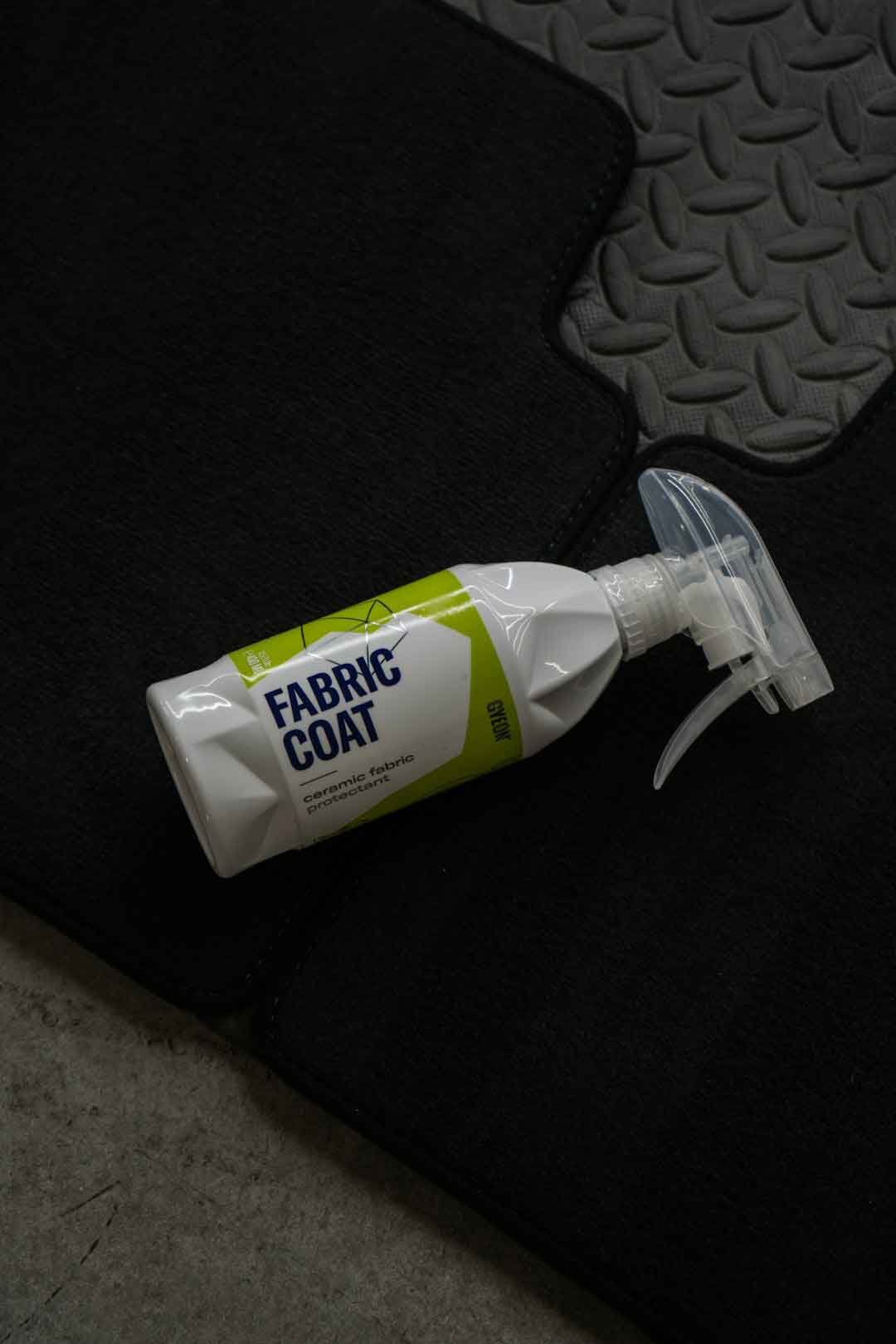
by RanaMotorWorks (https://unsplash.com/@rmwna)
Consider the price of the product. Real carbon fiber is an expensive material due to its manufacturing process. If you come across a product that is significantly cheaper than similar items, it could be a sign that it's fake. Be cautious of deals that seem too good to be true. Always compare prices from multiple sources and consider the reputation of the seller to avoid being misled by counterfeit products.
Fake Carbon Fiber vs Real: Key Differences
- Appearance: Real carbon fiber has a consistent weave pattern and glossy finish, while fake carbon fiber may have an inconsistent, printed look with a dull finish. The visual appeal of genuine carbon fiber is unmistakable, with a depth and richness that fakes struggle to replicate.
- Feel: Real carbon fiber is smooth, hard, and slightly cool to the touch. Fake carbon fiber might feel plasticky or cheap. The tactile experience of handling real carbon fiber should convey quality and precision, unlike the often flimsy feel of fakes.
- Weight: Genuine carbon fiber is lightweight, whereas fake carbon fiber could be heavier or lighter than expected. This disparity in weight can often be a clear indication of a counterfeit product, especially when compared to known authentic items.
- Flexibility and Strength: Real carbon fiber is strong and flexible, while fake carbon fiber might lack these qualities. The robustness of genuine carbon fiber is a hallmark of its engineering, providing durability and flexibility that fakes cannot match.
- Heat Resistance: Real carbon fiber is heat resistant, while fake materials may melt or deform under heat. This characteristic ensures that genuine carbon fiber products maintain their integrity under extreme conditions, a crucial factor in demanding applications.
Conclusion
Distinguishing between real and fake carbon fiber can be challenging, but by paying attention to the material's appearance, feel, weight, and other characteristics, you can make informed decisions when purchasing carbon fiber products. Always be cautious of deals that seem too good to be true, and remember that genuine carbon fiber is a premium material with a price tag to match. By following these guidelines, you can ensure that you're investing in authentic carbon fiber that offers the performance and aesthetic qualities you're looking for. Authentic carbon fiber not only enhances the visual appeal of products but also contributes significantly to their performance and longevity, making it a worthwhile investment for those seeking quality and reliability.


